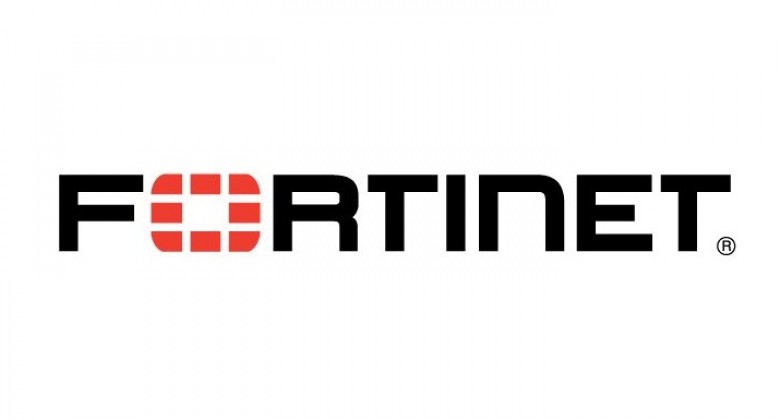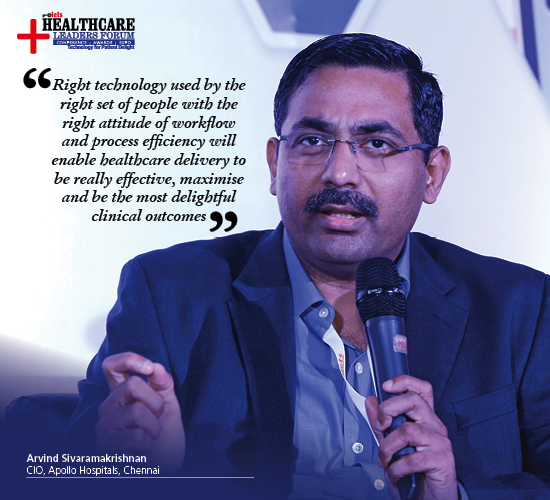What is the quantum of International patients that your hospital serves and from where do they mostly come?
Unfortunately I cannot give the exact percentage as it has been changing a lot since the last few years. But yes, we are growing international business by about 20% a year. We have just begun to market. Previously, being a public institution our main priority was to cater to the local residents. But because of the poor countries’ push towards Singapore medicine, we felt that it was important for us to get involved.
Our main clientle are Indonesia and Malaysia. We are also beginning to see patients from India, Bangladesh, South East Asia, especially Vietnam and also China.

What about the market in the U.S. And Europe?

We have started to market to Canada and the U.S. We get most of UK clientle through personal reference. Our marketing team has just been to the US to sign some MoUs with the big Insurers there. The Insurers need to accept a hospital as being accredited. We were the first ones to get JCI accreditation. And we are the first to have CPOE widely implemented; something that is very important to Americans, because of the Assurance of Quality and patient safety.

What other service levels or certifications do you think hospitals require for servicing global clientle?

Certification is one thing. Alternatively it is also the personal service, more than certifications, that you can offer to the foreign clientle.
We have an International Patient Liaison Centre. They provide all kinds of services, from the moment the patients step off the plane to the moment they get back onto the plane, everything is arranged in advance for them. We even work with the Air-Ambulance Service for ill patients who need to fly in. And because time is very short, and doctors need to go there, we have facility for arranging appointments.
Do you face any difficulty due to absence of a National Health Information System in India people coming from the U.S. must be having health cards- with all digital data recorded, which probably makes it very easy to start diagnosis and treatment?
Sure, it is definitely a bonus to be able to have more information before they come. In fact a lot of times before patients fly over to see us, they actually send information to get an idea of what we can possibly offer. And that is why we have this International Patient Liaison Centre to be able to handle such queries and to give them estimates of costs and so on. And sometimes if a patient sends in a query with very little information, it is actually impossible to give an idea of what you can offer and how much it will cost.
Regarding Patient Health Records, EMR and EHR, what is the Government’s strategy in Singapore? What are the salient features of the National Program in which you are managing the National Health Information System? And how can countries like us benefit from learning from these Plans?
Well we have the National Health Group and the Sing Health Group. Basically they are divided into two clusters by the Government; separated interestingly by the Central Expressway. It is just a physical demarcation, so everybody west of the Central Expressway belongs to the National Health Group; the rest belong to the Sing Health Group.
Both the programmes are run by the Government, but they are kind of restructured institutions – privatized, so that they are better managed, and there is more accountability. And also I suppose to generate some competition, rather than everybody looking to the Ministry of Health for direction.
So with IT that poses a challenge because, for years we have been developing IT as a separate cluster. But the Ministry has recognized that it is important to be able to share information between the two clusters. So they have formed this EMRX, for EMR Exchange. In the Committee we look at which common data fields we can share, and try to standardize that. We know that it is a bit too late to turn back the clock and to develop common systems at a stretch, so it is better to make use of what we have and move forward from there. That’s what any country especially India would have to do- look at interoperability and common repositories etc. Only then can you share information.
In India we talk about EMR, EHR and Health Information Exchange, but the mind set among service providers is that if you share information, you lose your clientle. What is the situation in Singapore?
Firstly, this sharing of information needs very high levels of adaptiveness. For us effectively it came from the Government. In order to effect this, first there must be Government funding, otherwise there is very little impetus to do so. The main hindrance is really the cost involved.
It is futile to worry about losing patients to the other cluster. We do not mind the patients going across to seek a second opinion. If you are good, people will come to you and we should be open about sharing some information and demonstrate that we are putting the patient’s interest first, rather than our own interest. And mostly the patients come back, they also bring other patients.
Do you see India having one single Information Exchange, which can address both public as well as private service providers?
It is going to be extremely difficult. I mean, even in the U.S. it was actually with government funding that all these clusters were formed and now they get to share information. But even between these clusters, I do not think there is a sharing of information. Part of the problem is that there are too many players. It is not an easy task to have such a central repository, in a very advanced country like the U.S. So India, I would say, is probably even further away from there. You have to look to the U.S. for their model to work on first. It is difficult for a small country like Singapore to comment on this because the task is relatively easy for us.
Do you think guidelines to follow standards should come from a central authority or the government, so that when the market as well as the government are ready, the public and private networks can seamlessly be integrated?
The standards need not necessarily be from government. There are lots of international groups, that are laying out standards like HL7 and DICOM. These international standards have become widely accepted and need not be reinvented. So we should look at adopting rather than reinventing them. There are also quality standards that are being introduced in the US now like the HIPAA group and CCHIP group. These are all standards that have already been developed and agreed upon. Soon they will spread to the rest of the world. We have also started looking at some of these.
In Singapore, does the Government have a directive in terms of pricing in the services of public or private hospitals?
Well, the private sector looks at the benchmarks that the government hospitals set. They actually do charge more than the public hospitals. But they do not go too far; otherwise they will not get any local clientle. The standards in the government hospitals are very high. A lot of local citizens who can afford private care, would rather seek treatment in government hospitals, knowing that they have a stricter audit system since the motive is less financially driven; and they are more assured of certain standards.
We actually have no dearth of so called ‘private patients’ in government hospitals as well. Occasionally the private sector may charge highly: say rich clientle from the middle east, where the government is paying for them. Generally the prices are close to public sector prices. Incidentally in our hospital a foreign private patient pays exactly the same amount as a local private patient.
Then there are those patients that are subsidized by the government. For instance, we have three tiers of subsidy- B1, which is effectively private, where patients get some subsidy for room rates; B2 where they get 60 to 70% subsidy; and a C class where there is 90% subsidy. Subsidy does not depend on economic criteria. You could be a rich tycoon owning millions of dollars and if you choose to stay in C class, you will still get your 90% subsidy. It only means that you do not get the frills but you get the same level of medical care. You do not get to choose the senior doctor or get the immediate private access to him. But you can be sure of the medical standard of care. You are in an open ward. If it is a C class, it would be a 10 bedder room; B2, will get you a 5-6 bedder; B1 gets you a 4 bedder. Whereas, if you are an A class patient, you get a private room to yourself.
How has Singapore addressed the issue of ‘Doctors not being IT friendly’, and how different is your medical training in that respect, from countries like India?
IT exposure is not really provided in medical school. Although, nowadays most of the kids are wizards at using computers by secondary school. But, for the older generation, it is always a potential problem and that is why in our hospital, we believe clinicians should try to demonstrate that despite their own busy schedules, they can learn how to use computers. They must recognize that it helps improve their own workflow and saves time and also improves the quality of patient care and safety. In our hospital, the acceptance rate of these initiatives is very high, especially among the surgeons. Since I am a surgeon myself, they generally trust me. I think, it is ultimately a leadership issue. It is not that the system is not user-friendly, because in our design of systems we get huge amount of physician input, and we ourselves test and re-test them all the time.
So this is the strategy that we have been adopting. We get doctors who are interested, and can see the advantage of using IT to inspire others. 
Be a part of Elets Collaborative Initiatives. Join Us for Upcoming Events and explore business opportunities. Like us on Facebook , connect with us on LinkedIn and follow us on Twitter , Instagram.
"Exciting news! Elets technomedia is now on WhatsApp Channels Subscribe today by clicking the link and stay updated with the latest insights!" Click here!













